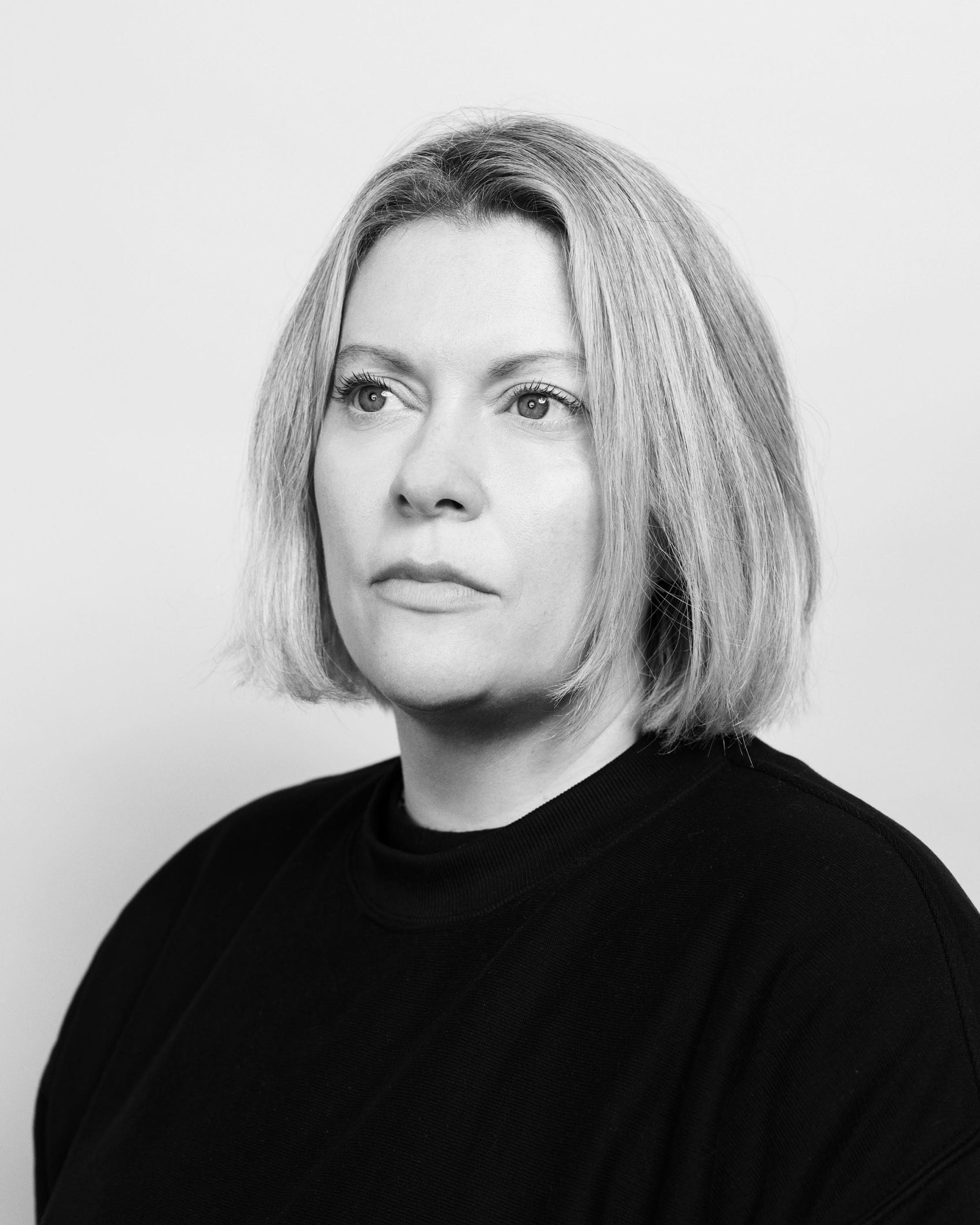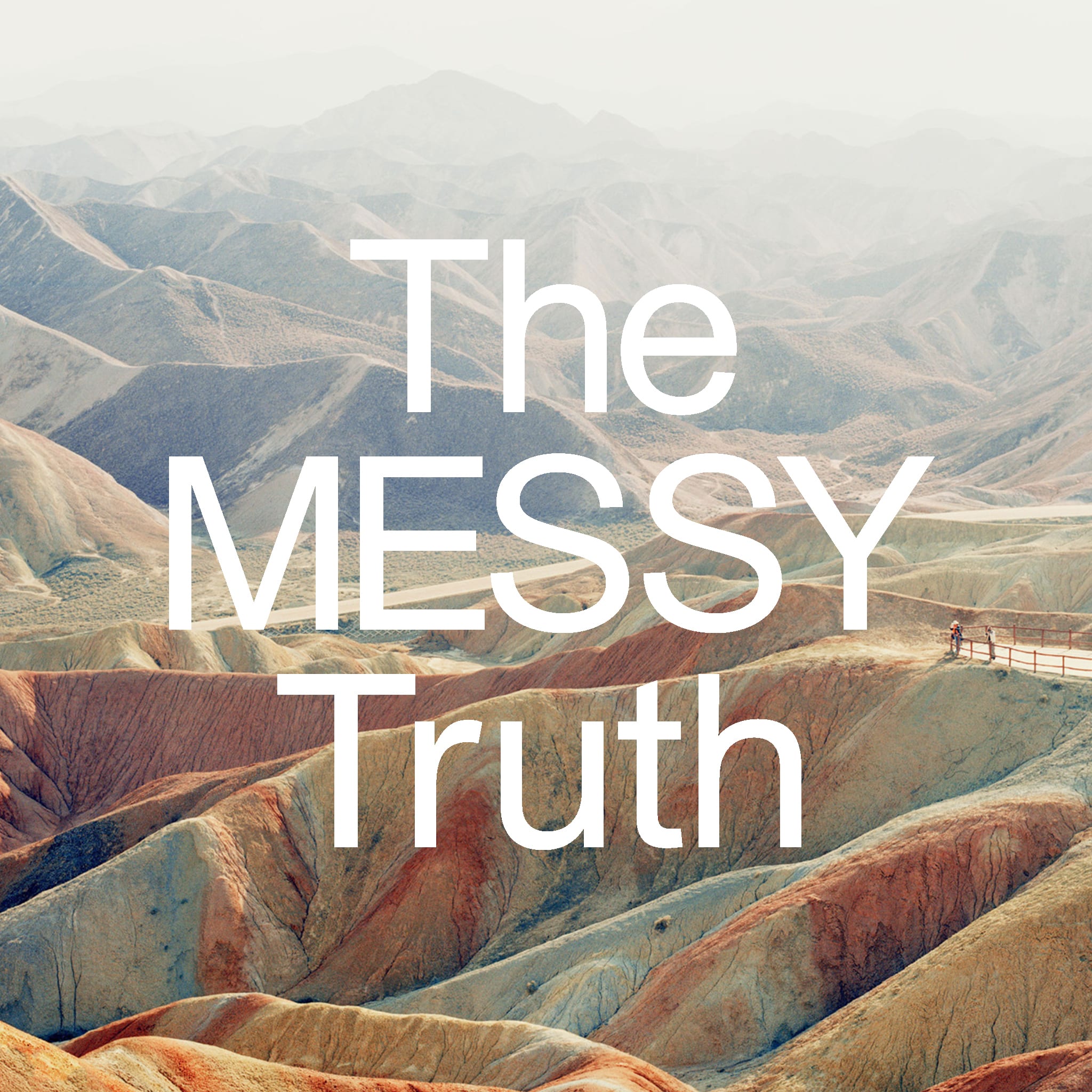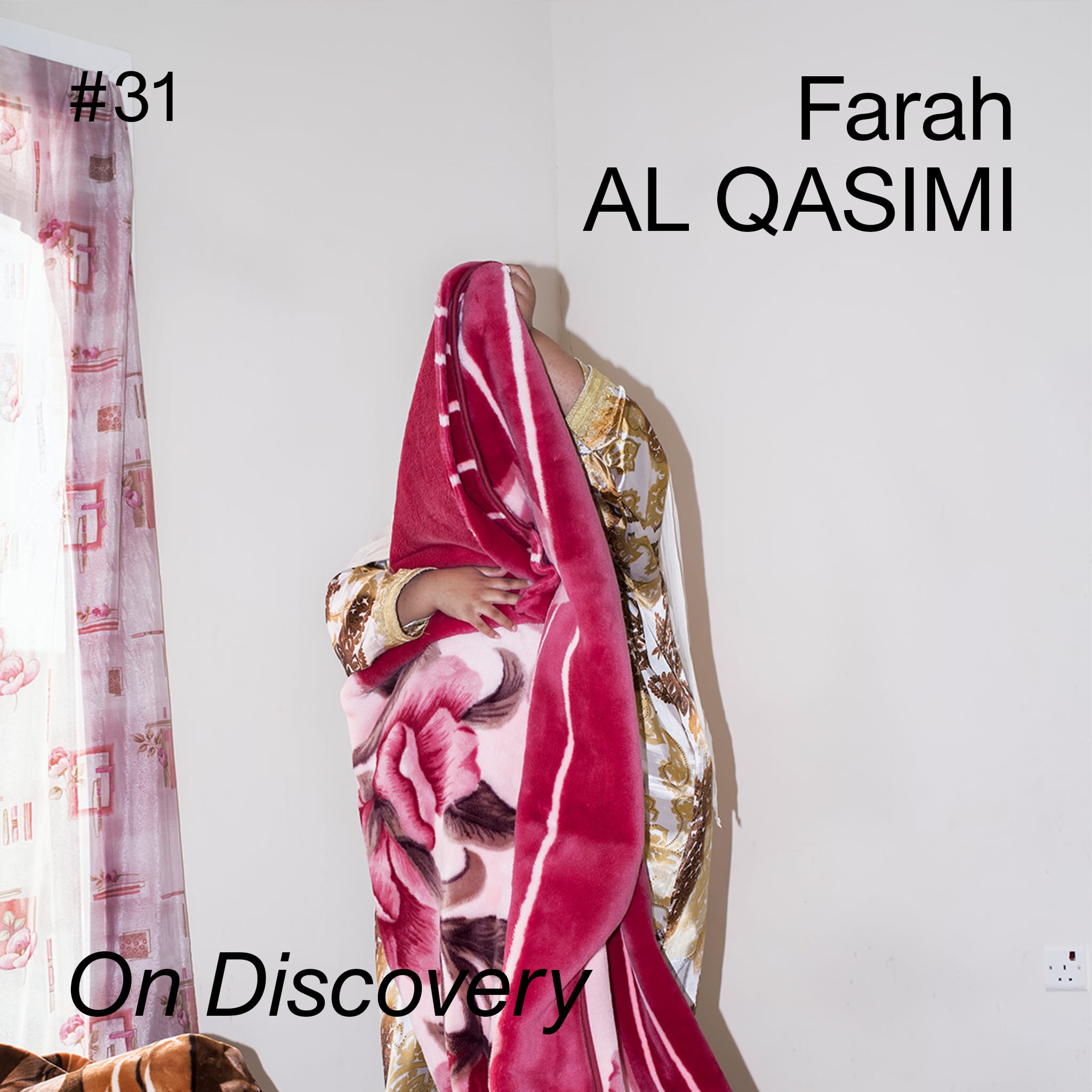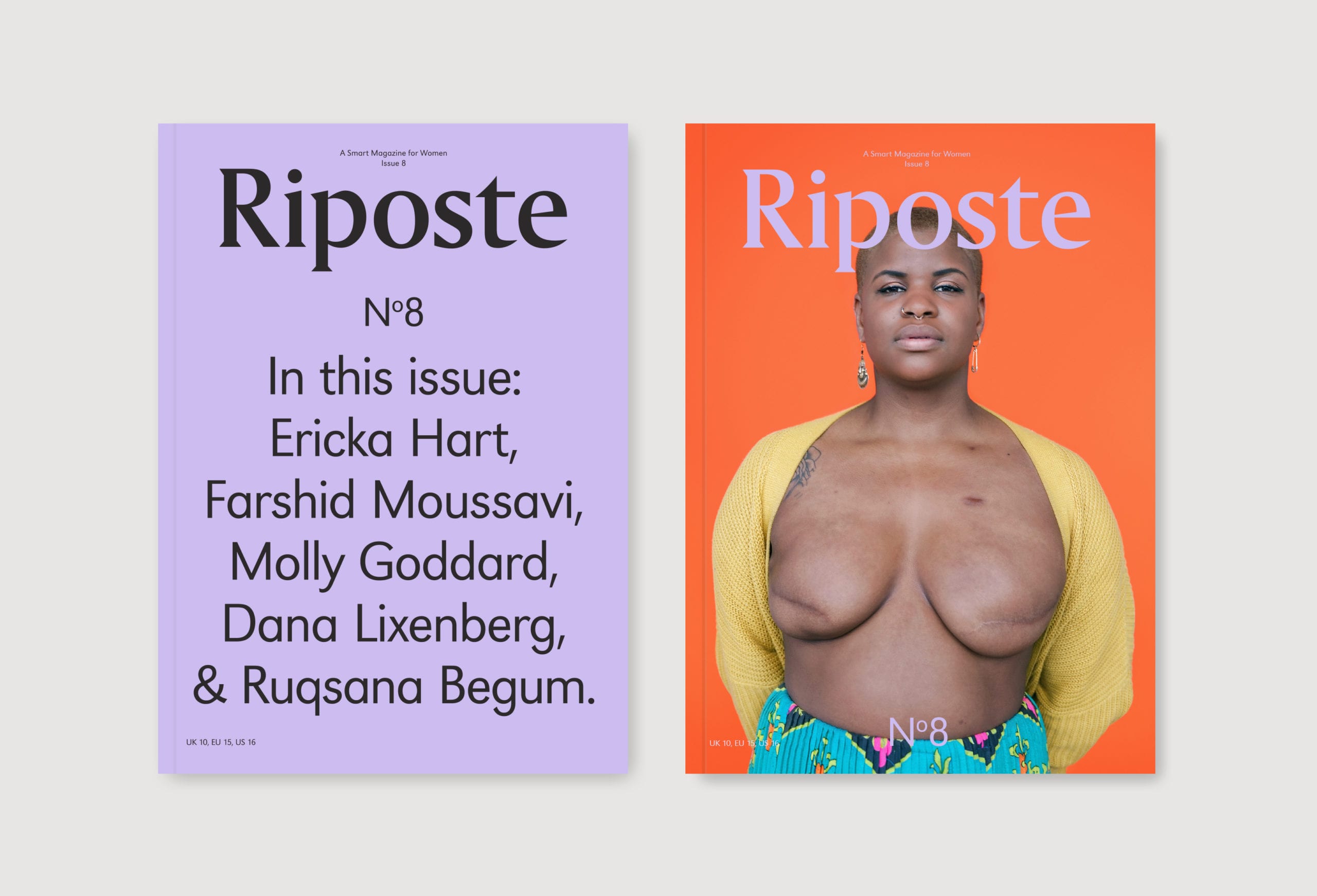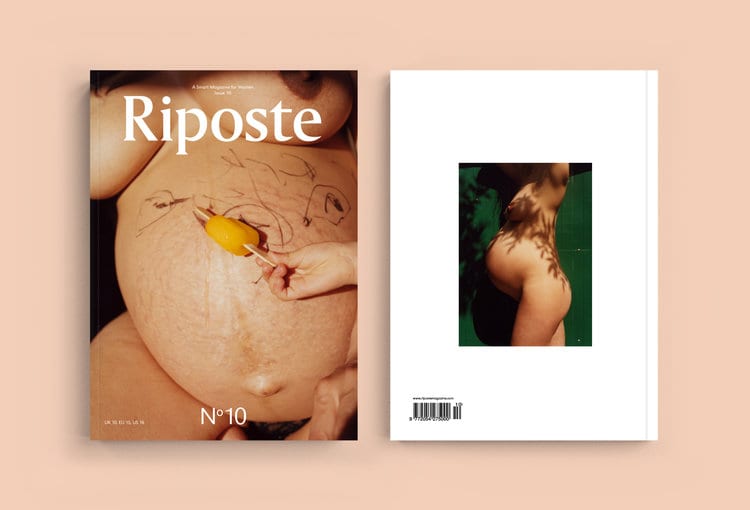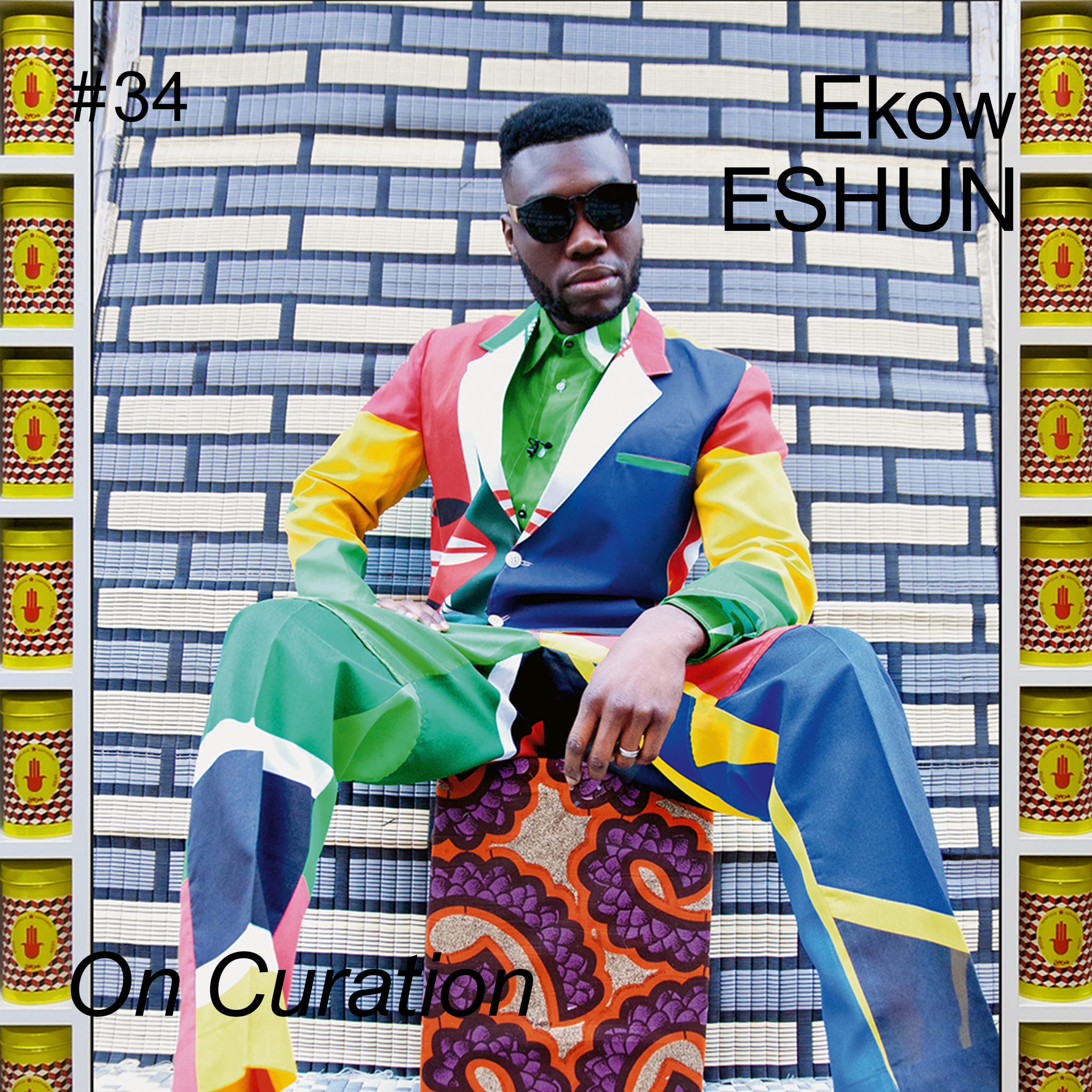In collaboration with Direct Digital – the leading international photographic equipment rental service – 1854 Media and British Journal of Photography presents Industry Insights, a series delving into the ins and outs of working in the photography industry.
Describing herself as a “hybrid creative”, the art director, writer, curator, and more discusses how she built a successful career as a freelancer
Gem Fletcher has an expansive creative life, working freelance in multiple different capacities. Describing herself as a “hybrid creative”, her early work in the art world included advertising and art directing. Alongside, Fletcher built up “a robust side hustle” through curating, speaking at international conferences, writing (she has written a regular column for Creative Review since 2014) and network-building.
Such a broad variety of influences and ways of working set the stage for what was to come. Five years ago, jaded by the commercial world, she hit a wall and decided to go freelance. “While this was intrinsically the path I wanted to follow, it was loaded with impostor syndrome,” she reflects. “We unfortunately live in a binary world – something which is starting to shift – but back then you had to fit into one single craft silo. People didn’t really know what to do with you if you were a multi-hyphenate.”
A few years on, this kind of creative flexibility is better understood, thankfully, and today Fletcher’s energy moves between writing – she is a regular contributor for British Journal of Photography, It’s Nice That, and AnOther – photo directing at Riposte Magazine (and elsewhere), mentoring, and recording her podcast, The Messy Truth.
The latter is a series of conversations between Fletcher and photographic artists and thinkers, each discussing particular threads of a creative life: guests have included Alec Soth on the subject of portraiture, Antwaun Sargent discussing representation, and Dr Jennifer Good on ethics. “The aim was to create a dialogue about the messy reality of image-making,” explains Fletcher, “to bring greater transparency to parts of the industry shrouded in mystery, and to engage in complicated conversations about complicated issues, opening up a broader discussion about what it means to be a photographer today”.
This commitment to dialogue around complexity – particularly within the context of an online landscape that can feel increasingly flattening and reductive – is a striking feature of the podcast, as well as Fletcher’s impressive roster of guests: “The individuals redefining or reimagining the systems and modalities of the medium and its wider ecosystem.”
Fletcher is committed to the way that conversations around such themes can genuinely move the needle, leading towards not only more innovative work and thinking, but also a greater sense of mutual care, for one another and for the planet. She knows that such a commitment is deeply serious, one which has profound consequences. “As storytellers, we have an enormous responsibility to fill the world with meaningful messages that provoke emotion and deepen consciousness.”
For Fletcher, freelancing also offers practical advantages. “I love having the freedom to decide which projects I want to invest my time in,” she says. That said, she is mindful of the ways in which this freedom also necessitates an ongoing balancing act of careful choices. “This might be an unpopular opinion, but I don’t think you can have it all at once,” she says. “I think we need to let go of this idea that time and capacity is endless and elastic.” Instead, she cites the ‘four burners theory’, illustrated by David Sedaris in his short story ‘Laugh, Kookaburra’, published in The New Yorker.
Sedaris’ theory goes like this: picture four burners on a stove, representing family, friends, work, and health. To be successful, you can only burn three at once, extinguishing one; to be really successful, you can only burn two. You might choose to light different burners during different times and seasons of life, but at any given time you have to make clear choices about your focus. One can imagine a similar principle applying to the frazzled freelancer trying to juggle several projects at once: where will you focus your energy, and what must be (temporarily) sacrificed? Is now a time for research, reflection, making, or promotion?
Fletcher has brought this intentionality to the way she manages her creative life. “The only way I have been able to sustain a hybrid practice is through understanding the conditions in which I do my best work and organising my life to support that,” she says. “My working week is always organised so every week I’m investing time into all of the core areas of my work. For me, the only way this works is to schedule it, not least because I juggle work and taking care of my two-year-old, but I find that compartmentalising ensures that I stay committed and engaged with the different strands.”
“Resist the tendency to keep saying yes. Your career is long, it’s a constant evolution. Give yourself the permission to slow down, live more fluidly and focus on the work”
Such counsel is a welcome respite from the accelerated sharing culture of Instagram, where feeds are often a curated list of others’ successes. No wonder feelings of impatience or overwhelm are endemic. Mentorship is a vital part of Fletcher’s work. “Where young artists often struggle is the self-inflicted expectation or pressure to do it all right now,” she reflects. “Resist the tendency to keep saying yes. Your career is long, it’s a constant evolution. Give yourself the permission to slow down, live more fluidly and focus on the work.”
After all, she reminds us, “great work takes time”. Understanding oneself and one’s art-making as a work-in-progress, which can be slowly unfolded and revealed in the making itself, is a rewarding recalibration. “What unites all of the great, iconic artists and creatives I’ve interviewed is this unrelenting commitment to enquiry, and the act of animating ideas over and over again. It’s a practice, not a destination,” Fletcher says.
Ultimately, this idea of practice — one not delimited by the studio walls or the timetable, but as a commitment to enquiry as a way of living — underpins her work. “My creativity was born out of practice and building the courage to try lots of different things,” she says. “The real lessons happen along the way: adaptability, learning on the go, emotional intelligence, the willingness to try and fail, and letting go of ego.” It is in flexibility, in motion, that much of the work gets made, or wherein epiphanies arise. “Since I’ve been freelance, I realised that this shapeshifting mentality that caused so much impostor syndrome was actually my superpower.”
“Over time I have begun to realise that these multiple endeavours are so generative, not just as individual and distinct disciplines, but perhaps more resonantly in the space in between them,” Fletcher says. An artist can build a life in which all is rich and nourishing of the work, wherever and however time is being spent: it’s all a kind of learning. These exchanges are fertile, not compromising. “Being in conversation is where the real work happens, which is why I’ve inadvertently ended up investing so much of my time interviewing artists, mentoring creatives and being in dialogue in the community,” she says. “This is both my research and my practice.”
“No project I’ve worked on has been untouched by my life and every waking moment has an impact on my work, from a book I read, to navigating parenthood,” she continues. “It’s a boundless commitment that encompasses it all.”

